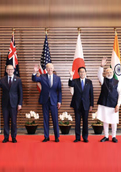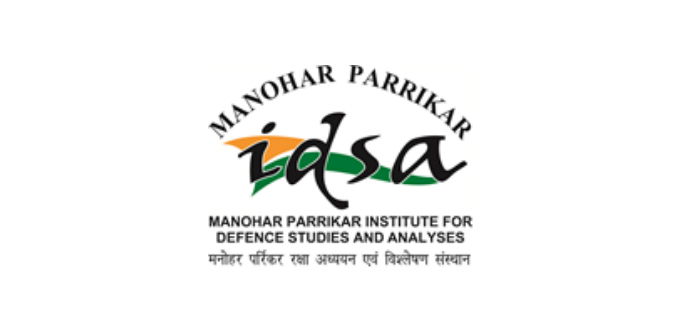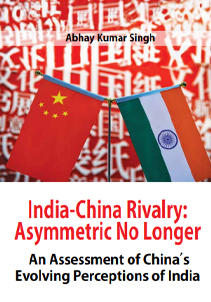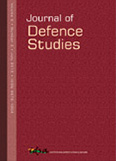One Year of AUKUS: An Assessment of Progress and Challenges
AUKUS illustrates the growing strategic depth between the US and Australia, the UK’s return to ‘East of Suez’ and Australia’s attempts to revolutionise its defence industrial base.
- R. Vignesh, Abhay Kumar Singh |
- November 02, 2022 |












